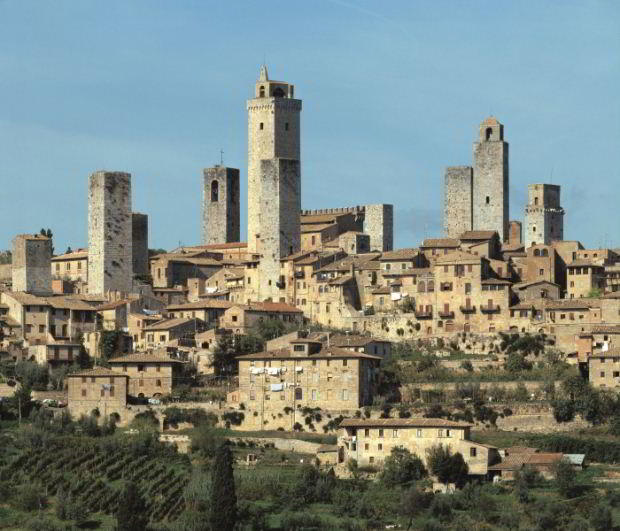Italian Communes: Attractions of Autocracy
The Italian Renaissance republics are regarded by many as pioneers of good governance. Yet republican rule often resulted in chaos and it was left to strong despotic rulers to restore order, as Alexander Lee demonstrates.
 With the Arab Spring ongoing we are naturally inclined to think of democracy and despotism as polar opposites. After the revolutions in Tunisia and Egypt and with the civil war in Libya still raging the authoritarian regimes of Hosni Mubarak and Muammar Gaddafi seem to stand in stark contrast to the democratic aspirations of protesters and rebels who have been driven to revolt by worsening economic conditions and decades of repression. Indeed for most people watching events in North Africa and the Middle East democracy is commonly associated with ideas of liberty, material satisfaction, individual rights and domestic peace; despotism is linked with ideas of oppression, injustice, want and simmering resentment.
With the Arab Spring ongoing we are naturally inclined to think of democracy and despotism as polar opposites. After the revolutions in Tunisia and Egypt and with the civil war in Libya still raging the authoritarian regimes of Hosni Mubarak and Muammar Gaddafi seem to stand in stark contrast to the democratic aspirations of protesters and rebels who have been driven to revolt by worsening economic conditions and decades of repression. Indeed for most people watching events in North Africa and the Middle East democracy is commonly associated with ideas of liberty, material satisfaction, individual rights and domestic peace; despotism is linked with ideas of oppression, injustice, want and simmering resentment.





